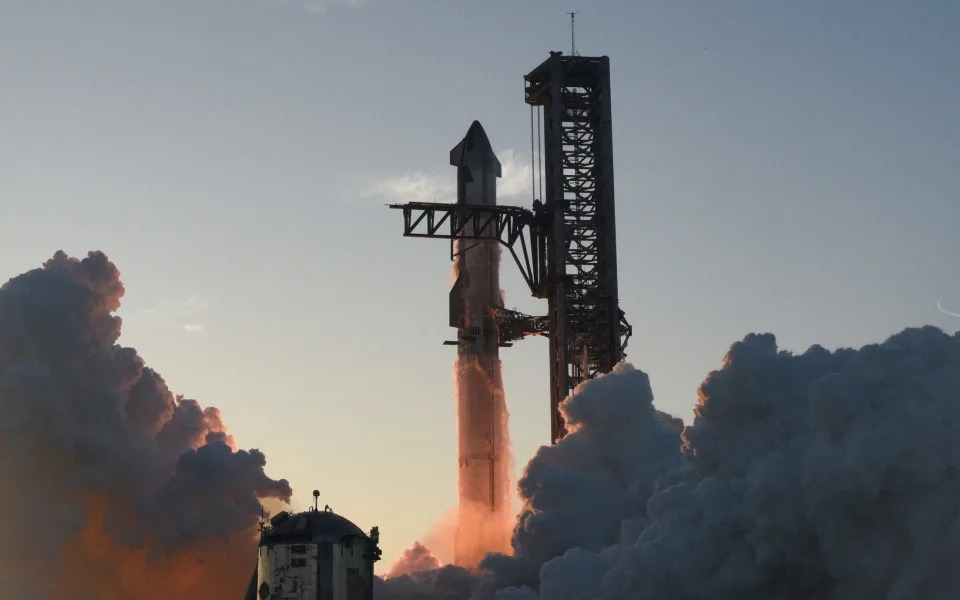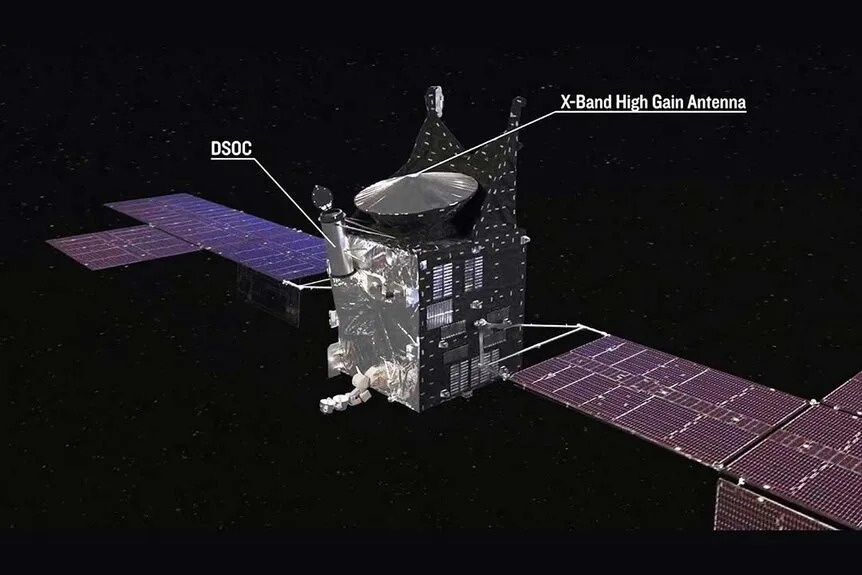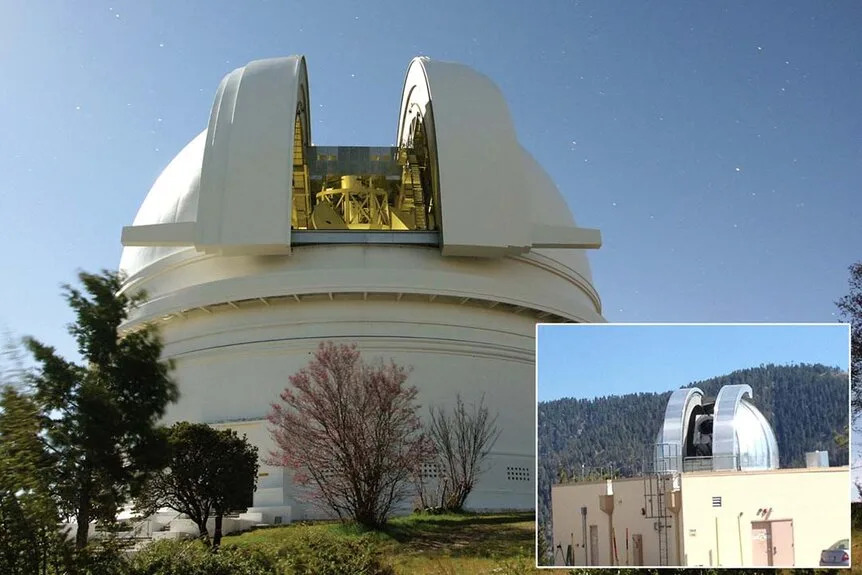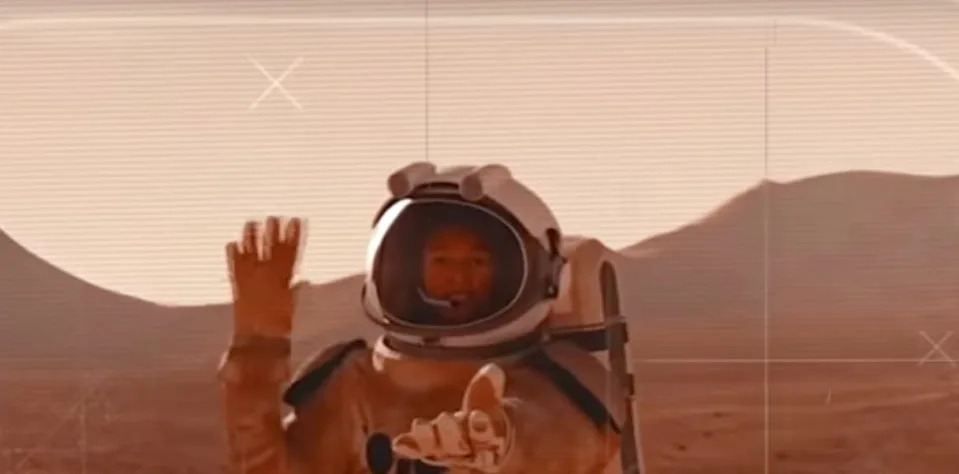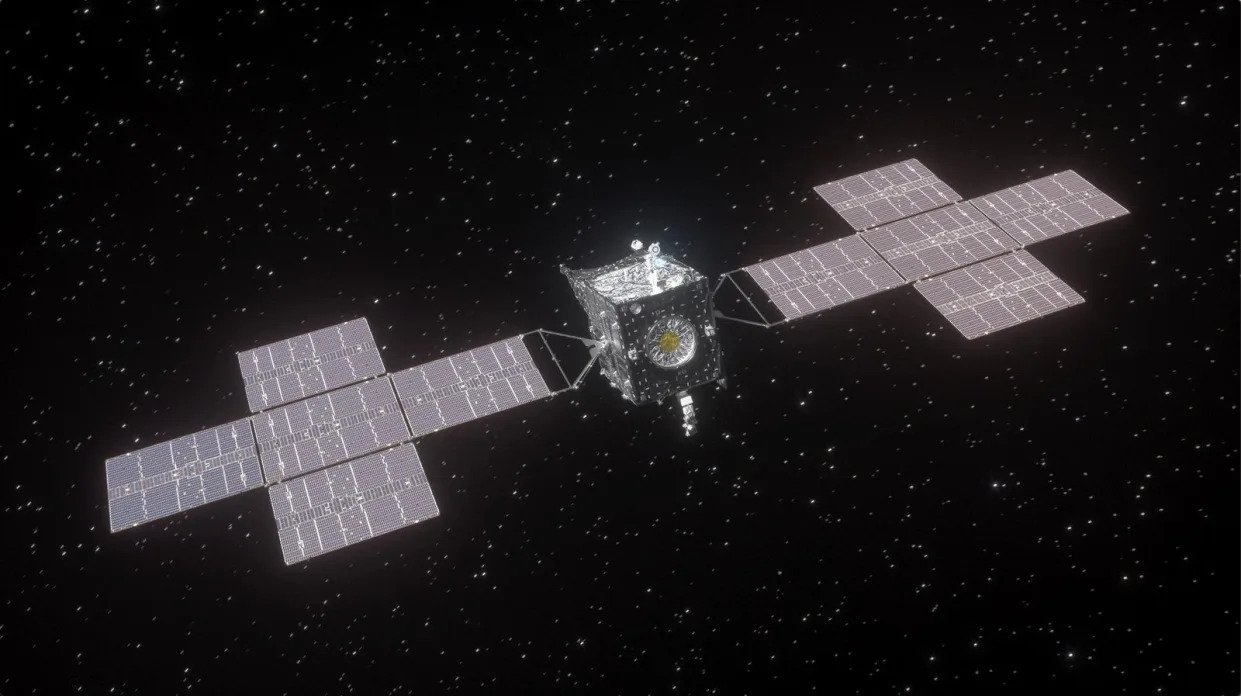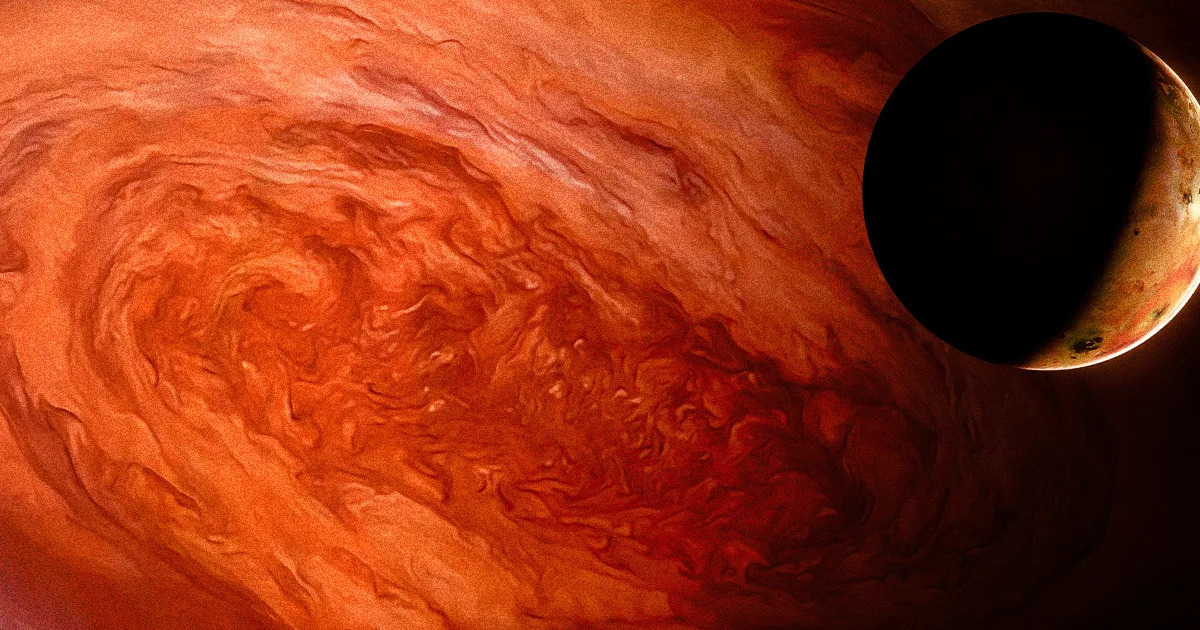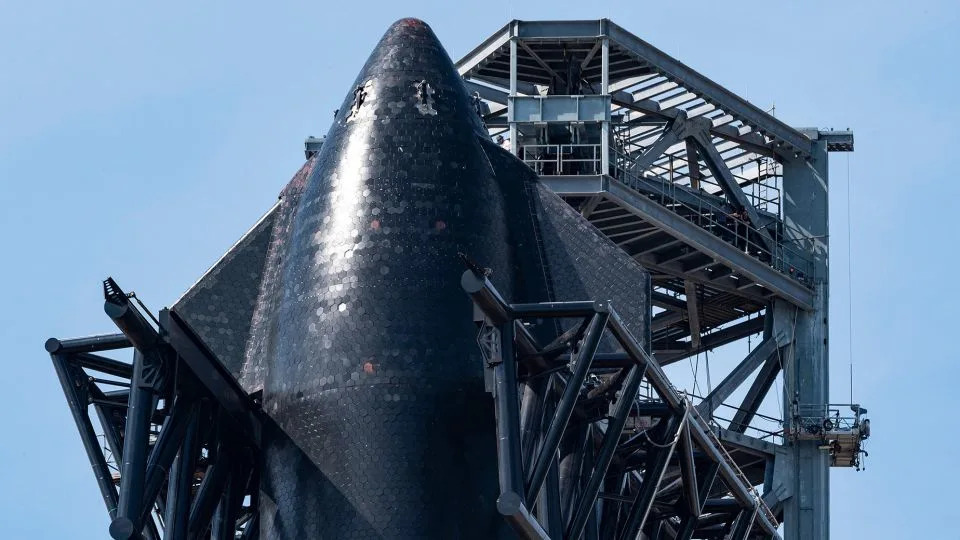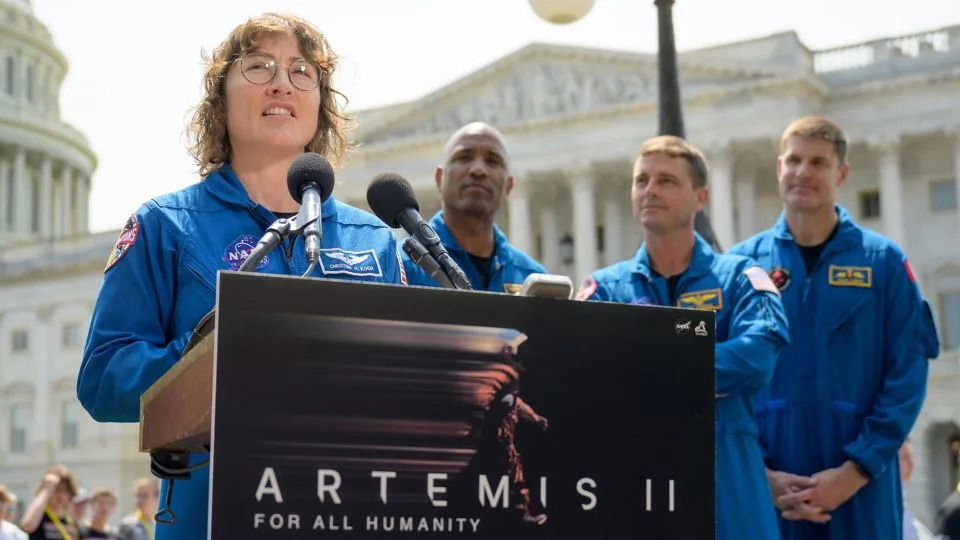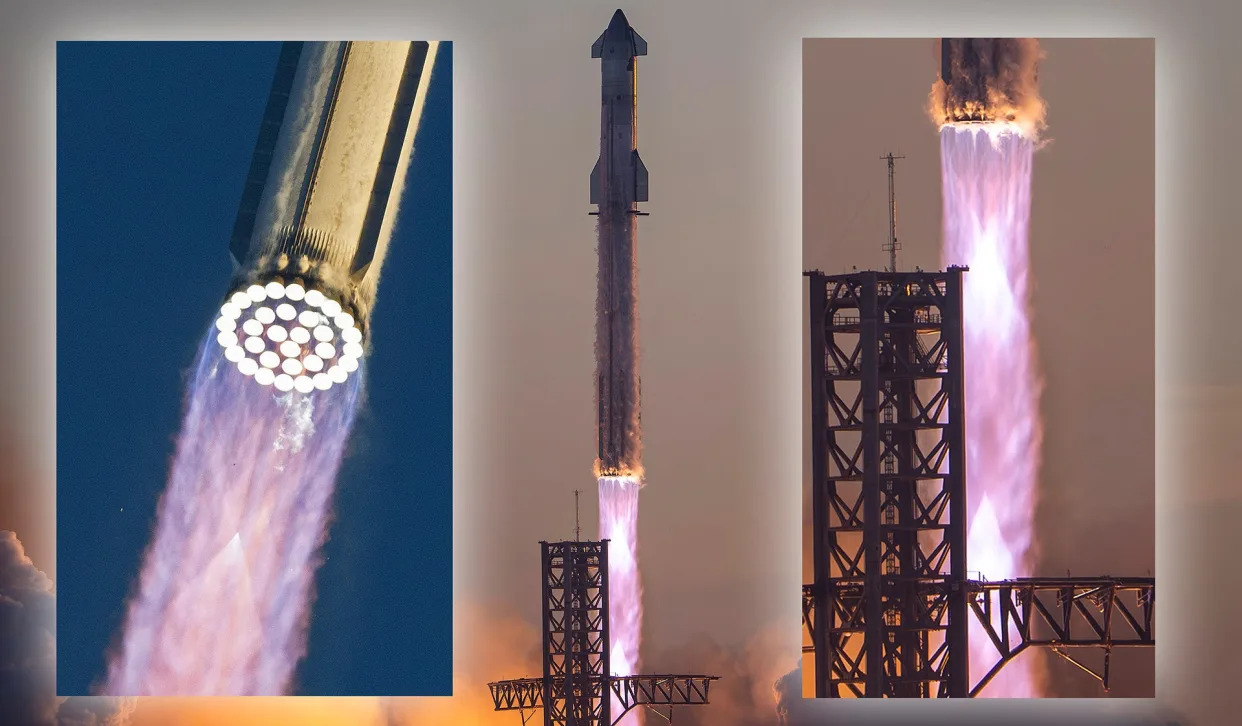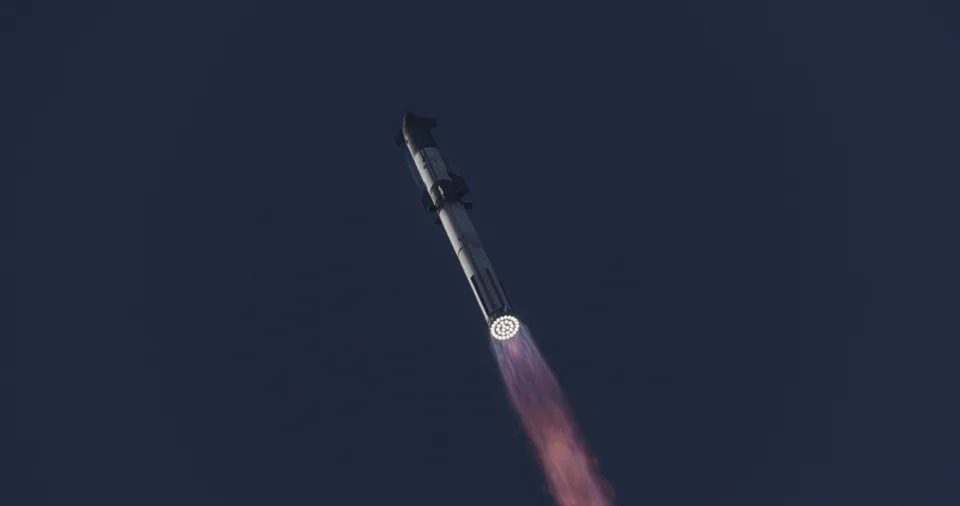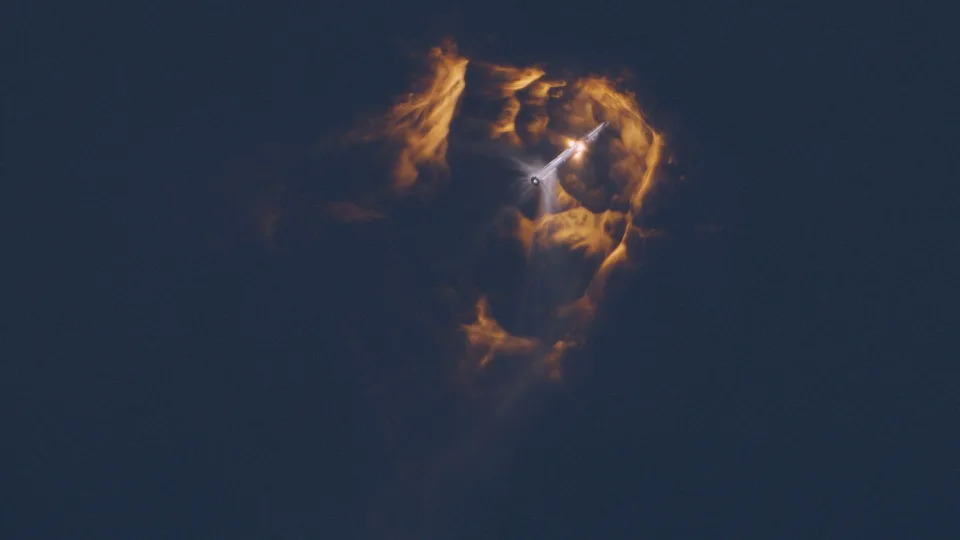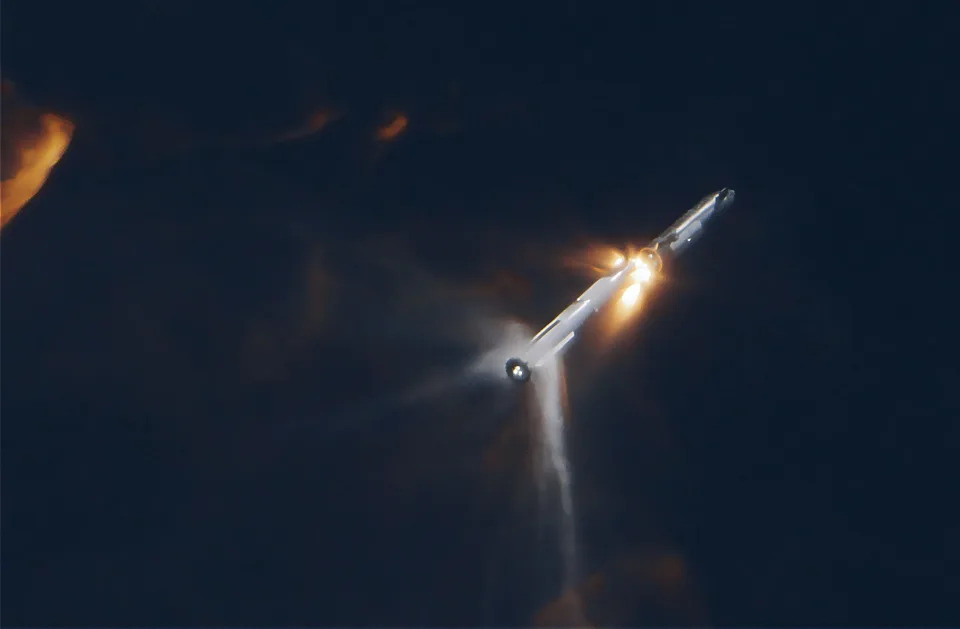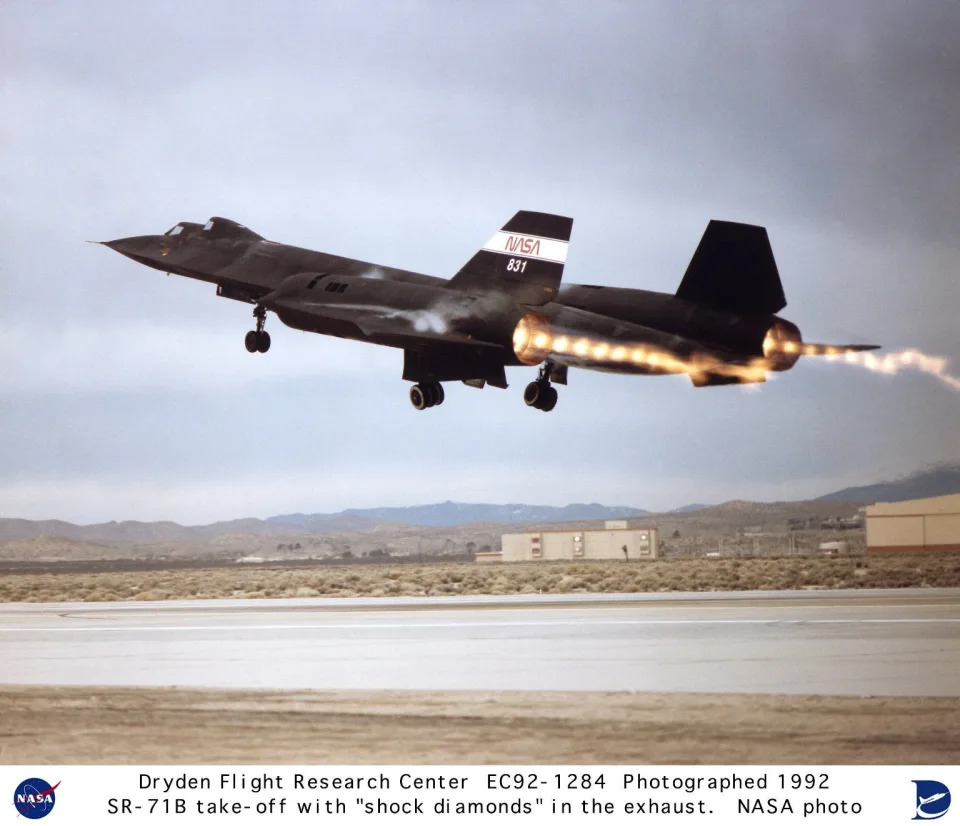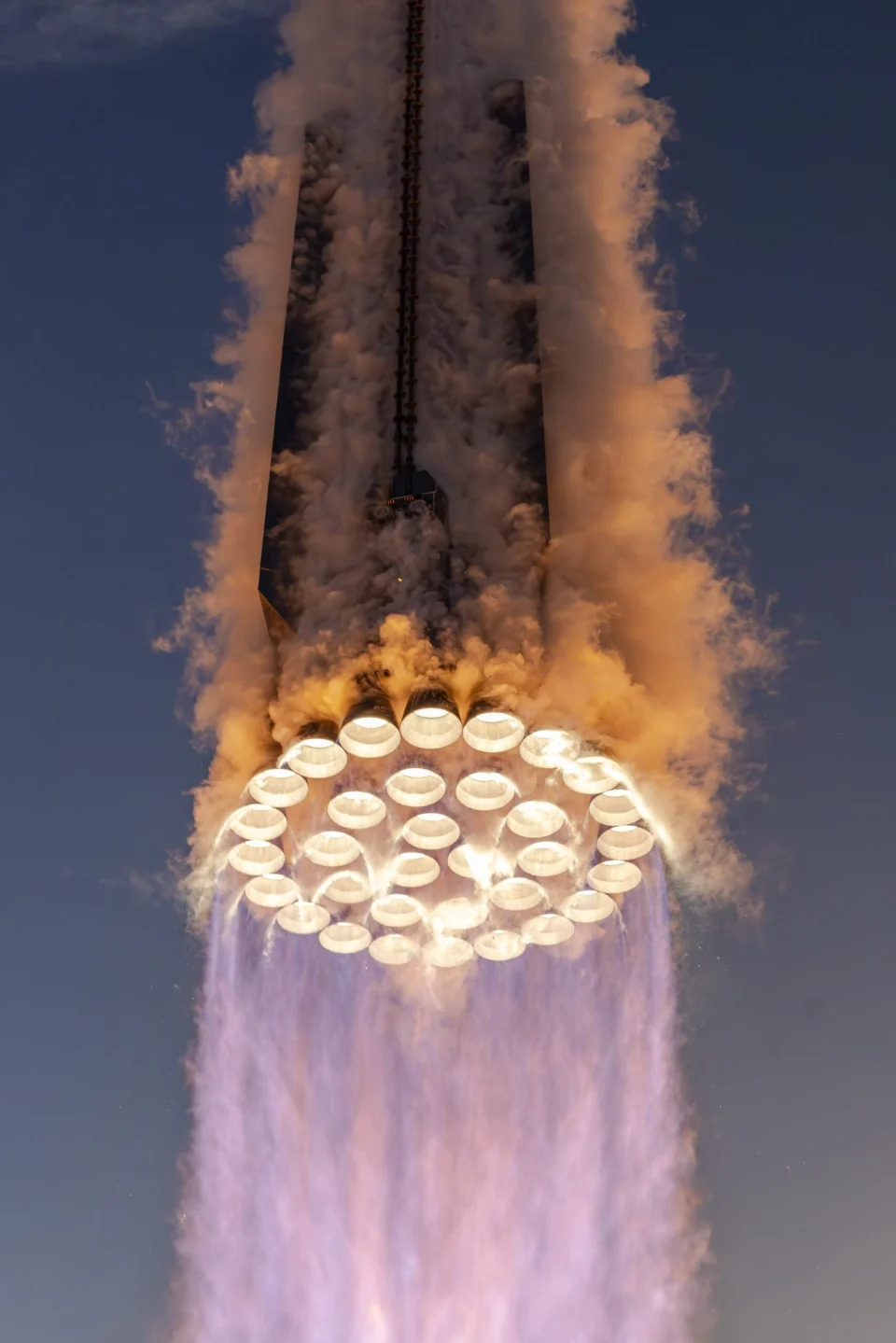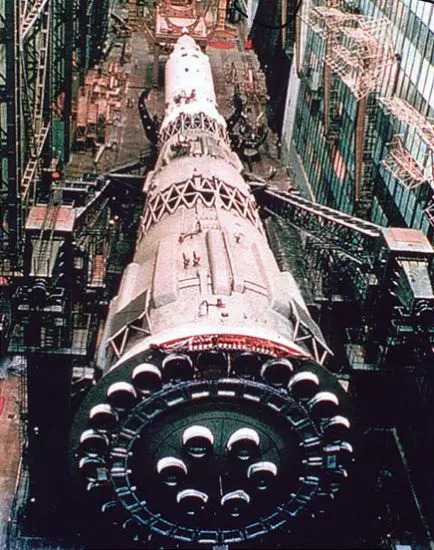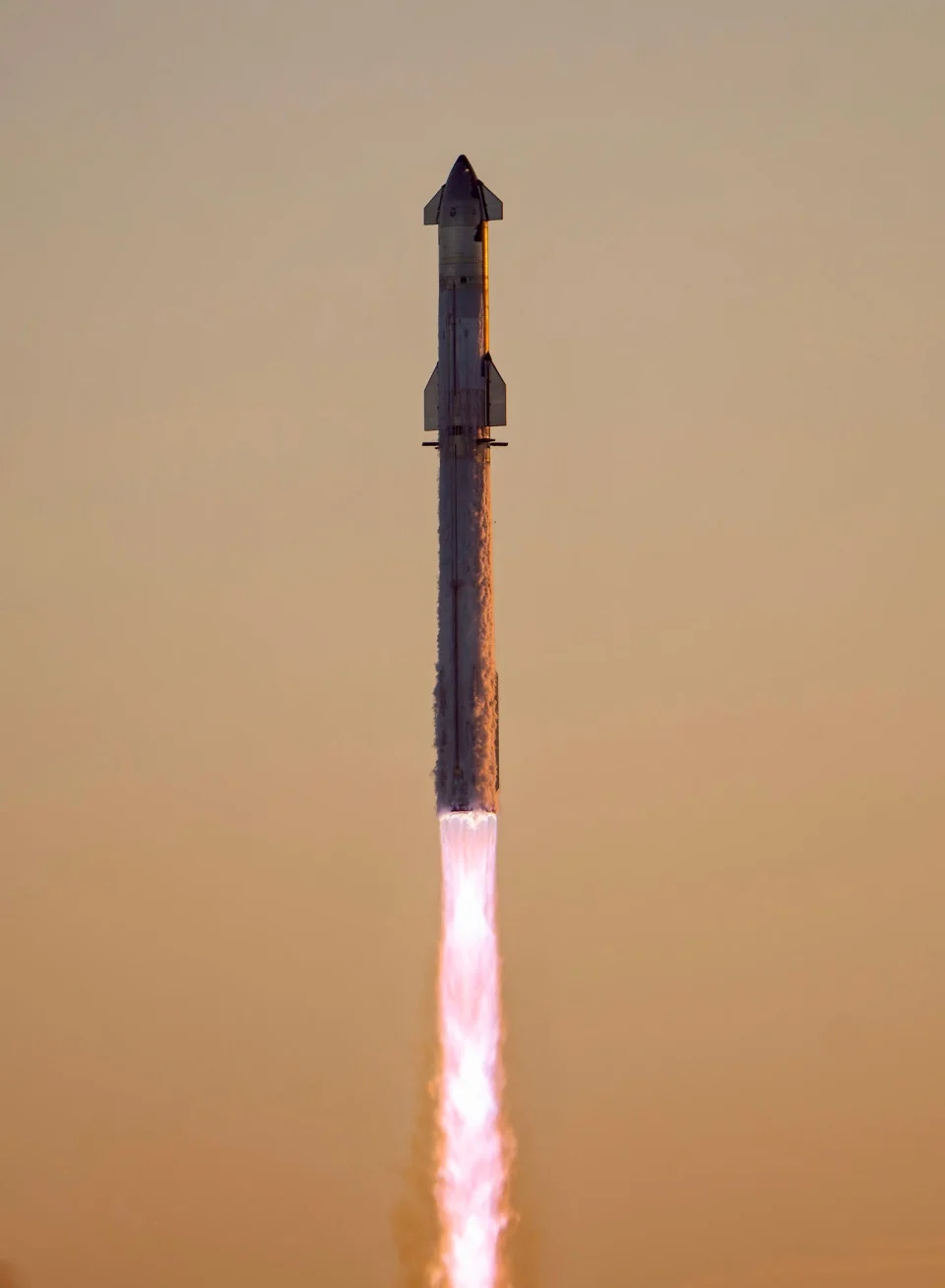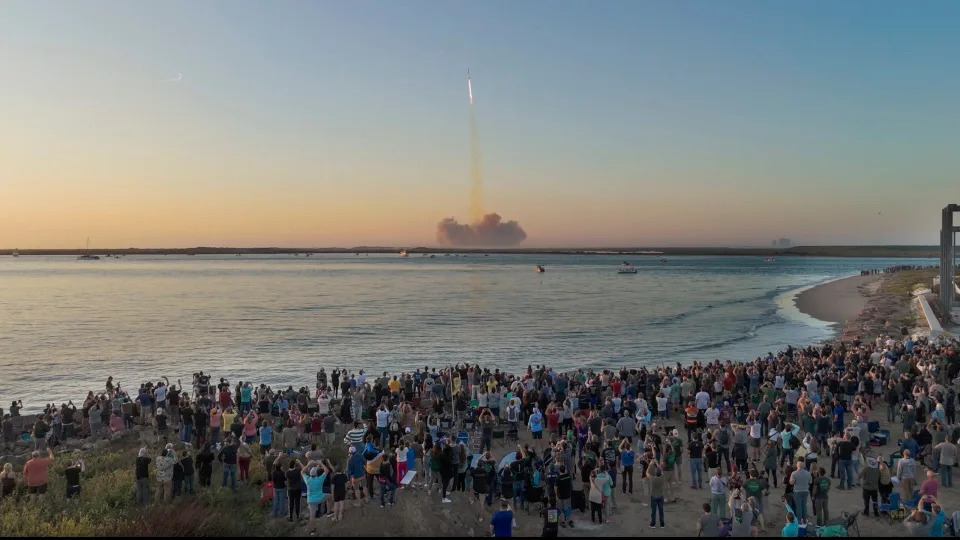
Judy Garland in MGM's 'The Wizard of Oz'
Amy Goodman and Democracy Now
His name might not be familiar to many, but his songs are sung by millions around the world. Today, we take a journey through the life and work of Yip Harburg, the Broadway lyricist who wrote such hits as “Brother, Can You Spare a Dime?” and who put the music into The Wizard of Oz, the movie that inspired the hit Broadway musical and now Hollywood blockbuster, Wicked. Born into poverty on the Lower East Side of Manhattan, Harburg always included a strong social and political component to his work, fighting racism and poverty. A lifelong socialist, Harburg was blacklisted and hounded throughout much of his life. We speak with Harburg’s son, Ernie Harburg, about the music and politics of his father. Then we take an in-depth look at The Wizard of Oz, and hear a medley of Harburg’s Broadway songs and the politics of the times in which they were created
AMY GOODMAN: Today, we pay tribute to Yip Harburg. His name may not be familiar to many, but his songs are sung by millions around the world, like jazz singer Abbey Lincoln.
ABBEY LINCOLN: Bing Crosby sang it, Ike Quebec played it, and Yip Harburg wrote it.
[singing] Once I built a railroad, made it run
Made it race against time
Once I built a rairoad, now it’s done
Brother, can you spare a dime?
AMY GOODMAN: And Tom Waits.
TOM WAITS: [singing] Once I built a tower way up to the sun
With bricks and mortar and lime.
AMY GOODMAN: Judy Collins, and Dr. John from New Orleans, Peter Yarrow.
AL JOLSON: [singing] Say, don’t you remember,
Don’t you remember they called me Al
It was Al, Al all the time.
AMY GOODMAN: That’s Al Jolson. And our beloved Odetta.
ODETTA: [singing] Don’t you remember, I’m your pal
Say, brother, can you spare a dime?
Buddy, can you spare a dime?
AMY GOODMAN: “Brother, Can You Spare a Dime?” may well be a new anthem for many Americans. The lyrics to that classic American song were written by Yip Harburg. He was blacklisted during the McCarthy era. During his career as a lyricist, Yip Harburg used his words to express antiracist, pro-worker messages. He’s best known for writing the lyrics to The Wizard of Oz, the movie that inspired the hit Broadway musical and now the Hollywood blockbuster film Wicked. Yip Harburg also had two hits on Broadway: Bloomer Girls, about the women’s suffrage movement, and Finian’s Rainbow, a kind of immigrants’ anthem about race and class and so much else.
Today, in this Democracy Now! special, we pay tribute to Yip Harburg’s life. Ernie Harburg is Yip’s son and biographer. He co-wrote the book Who Put the Rainbow in The Wizard of Oz?: Yip Harburg, Lyricist. I met up with Ernie Harburg at the New York Public Library for Performing Arts at Lincoln Center years ago when they are exhibiting Yip Harburg’s work. Ernie Harburg took me on a tour.
ERNIE HARBURG: The first place is business about words, and one of them is that the songs, when they were written back in those days, anyhow, always had a lyricist and a composer, and neither one of them wrote the song. They both wrote the song. However, in the English language, you know, you have “This is Gershwin’s song,” or “This is” — they usually say the composer’s song. I’ve rarely ever heard somebody say, “This is Yip Harburg’s song” or “Ira Gershwin’s song.” Both of them would be wrong. The fact is, two people write a song.
So I’m going to talk about Yip’s lyrics and then lyrics in the song. Now the first thing we’re looking at here is an expression really of Yip’s philosophy and background, which he brings to writing lyrics for the songs. And what it says here is that songs have always been man’s anodyne against tyranny and terror. The artist is on the side of humanity from the time that he was born a hundred years ago in the dire depths of poverty that only the Lower East Side in Manhattan could have when the Russian Jews, about 2 million of them, got up out of the Russian shtetls and ghettos, and the courageous ones came over here and settled in that area, what we now know as the East Village. And Yip knew poverty deeply, and he quoted Bernard Shaw as saying that the chill of poverty never leaves your bones. And it was the basis of Yip’s understanding of life as struggle.
AMY GOODMAN: Let’s go back to how Yip got his start.
ERNIE HARBURG: Yip was, at a very early age, interested in poetry, and he used to go to the Tompkins Square Library to read, and the librarians just fed him these things. And he got hooked on every one of the English poets, and especially O. Henry, the ending. He always has a little great ending on the end of each of his songs. And he got hooked on W.S. Gilbert, The Bab Ballads.
And then, when he went to Townsend High School, they had them sitting in the seats by alphabetical order, so Yip was “H” and Gershwin was “G”, so Ira sat next to Yip. One day, Yip walked in with The Bab Ballads, and Ira, who was very shy and hardly spoke with anybody, just suddenly lit up and said, “Do you like those?” And they got into a conversation, and Ira then said, “Do you know there’s music to that?” And Yip said, “No.” He said, “Well, come on home.”
So they went to Ira’s home, which was on 2nd Avenue and 5th Street which is sort of upper from Yip’s poverty at 11th and C. And they had a Victrola, which is like having, you know, huge instruments today, and played him H.M.S. Pinafore. Well, Yip was just absolutely flabbergasted, knocked out. And that did it. I mean, for the both of them, because Ira was intensely interested that thing, too.
That began their lifelong friendship. Then Ira went on to be one of the pioneers, with 25 other guys, Jewish Russian immigrants, who developed the American Musical Theater. And it was only after — in 1924, I think, that Ira’s first show with George Gershwin, his brother, that they started writing together.
AMY GOODMAN: The Gershwins’ Porgy and Bess in 1940.
ERNIE HARBURG: Yip’s career took a kind of detour, because when the war, World War I, came and Yip was a socialist and did not believe in the war, he took a boat down to Uruguay for three years. I mean, he refused to fight in the thing. That’s shades of 1968 and the Vietnam War, right?
AMY GOODMAN: And why didn’t he believe in World War I?
ERNIE HARBURG: Because he was a full, deep-dyed socialist who did not believe that capitalism was the answer to the human community and that indeed it was the destruction of the human spirit. And he would not fight its wars. And at that time, the socialists and the lefties, as they were called, Bolsheviks and everything else, were against the war.
And so, when he came back, he got married, he had two kids, and he went into the electrical appliance business, and all the time hanging out with Ira and George and Howard Dietz and Buddy De Sylva and writing light verse for the F.P.A Conning Tower. And the newspapers used to carry light verse, every newspaper. There were about 25 of them at that time, not two or three now owned by two people in the world, you know. And they actually carried light verse. Well, Yip and Ira and Dorothy Parker, the whole crowd, had light verse in there, and, you know, they loved it.
So, when the crash came and Yip’s business went under, and he was about anywhere from $50,000 to $70,000 in debt, his partner went bankrupt. He didn’t. He repaid the loans for the next 20 or 15 years, at least. Ira and he agreed that he should start writing lyrics.
AMY GOODMAN: Let’s talk about what Yip is most known for: Finian’s Rainbow, The Wizard of Oz. Right here, what do we have in front of us?
ERNIE HARBURG: We have a lead sheet. We are in the gallery of the Lincoln Center for the Performing Arts, and there’s an exhibition called “The Necessity of Rainbows,” which is the work of Yip Harburg. And we are looking at the lead sheet of “Brother, Can You Spare a Dime?” which came from a revue called Americana, which — it was the first revue, which was — had a political theme to it: at that time, the notion of the forgotten man. You have to remember what the Great Depression was all about. It’s hard to imagine that now. But when Roosevelt said, “One-third of the nation are ill-clothed, ill-housed and ill-fed,” that’s exactly what it was. There was at least 30% unemployment at those times. And among Blacks and minorities, it was 50, 60%. And there were breadlines and —
Now, the rich, you know, kept living their lifestyle, but Broadway was reduced to about 12 musicals a year from prior, in the '20s, about 50 a year, OK? So it became harder. But the Great Depression was deep down a fact of life in everybody's mind. And all the songs were censored — I use that loosely — by the music publishers. They only wanted love songs or escape songs, so that in 1929 you had “Happy Days Are Here Again,” and you had all of these kinds of songs. There wasn’t one song that addressed the Depression, in which we were all living. And this show, the Americana show, Yip was asked to write a song or get the lyrics up for a song which addressed itself to the breadlines, OK?
And so, he, at that time, was working very closely with Jay Gorney. Jay had a tune, which he had brought over with him when he was 8 years old from Russia, and it was in a minor key, which is a whole different key. Most popular songs are in major. And it was a Russian lullaby, and it was da, da, da, da, da, da, da, da, da. And Jay had — somebody else had lyrics for it: “Once I knew a big blonde, and she had big blue eyes. She was big blue” — like that. And it was a torch song, of which we talked about. And Yip said, “Well, could we throw the words out, and I’ll take the tune?” All right.
And if you look at Yip’s notes, which are in the book that I mentioned, you’ll see he started out writing a very satiric comedic song. At that time, Rockefeller, the ancient one, was going around giving out dimes to people, and he had a — Yip had a satiric thing about “Can I share my dime with you?” You know? But then, right in the middle, other images started coming out in his writings, and you had a man in a mill, and the whole thing turned into the song that we know it now, which is here and which I can read to you. And if you do this song, you have to do the verse, because that’s where a lot of the action is.
AMY GOODMAN: Can you sing it to me?
ERNIE HARBURG: All right, I’ll try. It won’t be as good as Bing Crosby or Tom Waits.
[singing] They used to tell me
I was building a dream,
And so I followed the mob,
When there was earth to plow
Or guns to bear,
I was always there
Right on the job.
They used to tell me
I was building a dream,
With peace and glory ahead,
Why should I be standing in line,
Just waiting for bread?
YIP HARBURG: [singing] Once I built a railroad
I made it run,
Made it race against time.
Once I built a railroad;
Now it’s done.
Buddy, can you spare a dime?
AMY GOODMAN: Yip Harburg singing in 1975.
YIP HARBURG: [singing] Once I built a tower
To the sun,
Brick and rivet and lime;
Once I built that tower;
Now it’s done.
Brother, can you spare a dime?
AMY GOODMAN: When was this song first played?
ERNIE HARBURG: In 1932. And in the Americana revue, every critic, everybody took it up, and it swept the nation. In fact, paradoxically, I think Roosevelt and the Democratic Party really wanted to tone it down and keep it off the radio, because playing havoc with trying to not talk about the Depression, which everybody did. You remember the Hoover thing, not only “Happy Days Are Here Again,” but “Two Chickens in Every Pot,” and so forth. Nobody wanted to sing about the Depression either, you know.
AMY GOODMAN: Yet, Yip Harburg was a supporter of FDR.
ERNIE HARBURG: Yes. But politics are politics, you know, and the thing was that, in fact, historically, this was, I would say, the only song that addressed itself seriously to the Great Depression, the condition of our lives, which nobody wanted to talk about and nobody wanted to sing about.
AMY GOODMAN: Ernie Harburg, son of Yip Harburg. When we come back from our break, we’ll talk about The Wizard of Oz, Finian’s Rainbow and other shows.
[break]
AMY GOODMAN: This is Democracy Now! I’m Amy Goodman. We continue with our special, on our journey through Yip Harburg’s life with his son, Ernie Harburg. Ernie talks about how Yip Harburg wrote the lyrics to The Wizard of Oz, the movie that inspired the hit Broadway musical Wicked and now the Hollywood film by the same name.
ERNIE HARBURG: Actually, Yip did more than the lyrics. When they were — when Yip and Harold Arlen were called in to do the score of The Wizard of Oz, it was Yip who had this executive experience in his electrical appliance business and also had become a show doctor, so he was — that is, when a show wasn’t working, you would call somebody and try to fix it up. He had an overview of shows and he had an executive talent. And so, he was always what they called a “muscle man” in a show, all right? And he’d already worked with Bert Lahr in a great song, “The Woodchopper’s Song,” and —
AMY GOODMAN: Wait a second. Bert Lahr, the lion?
ERNIE HARBURG: The lion. Bert Lahr and most of these people were from vaudeville and burlesque. And Yip knew them in the ’20s, but he actually worked with Bert Lahr in this light — Walk a Little Faster and another revue. I forget that name, but he and — Yip and Arlen gave Bert songs to sing, which allowed him to satirize the opera world, if you want, or a send-off of rich, you know. And so, they had that relationship.
Also, Yip knew Jack Haley, the tin woodman. And Yip also worked with Bobby Connolly as a choreographer in the early '30s on his shows, who was also the choreographer for The Wizard of Oz. So he had a cast here with Arlen who were, you know, sort of Yip's men. You know what I mean? So, when Yip went to Arthur Freed, the producer, who was too busy to work on this musical, and Mervin LeRoy had nothing to do with it, practically, because he had never done a musical before, so it became a vacuum in which the lyricist entered, because he was all ready to do so. Yip was always an active, you know, organizer.
And so, the first thing he suggested was that they integrate the music with the story, which at that time in Hollywood they usually didn’t do. They’d stop the story, and you’d sing a song. They’d stop the story and sing a song. That you integrate this — Arthur Freed accepted the idea immediately. Yip then wrote — Yip and Harold then wrote the songs for the 45 minutes within a 110-minute film. The munchkin sequence and into the Emerald City and on their way to the wicked witch, when all the songs stopped, because they wouldn’t let them do anymore. OK? You’ll notice then the chase begins, you see, in the movie.
AMY GOODMAN: Why wouldn’t they let them do anymore?
ERNIE HARBURG: Because they didn’t understand what he was doing, and they wanted a chase in there. So, anyhow, Yip also wrote all the dialogue in that time and the setup to the songs, and he also wrote the part where they give out the heart, the brains and the nerve, because he was the final script editor. And there was eleven screenwriters on that. And he pulled the whole thing together, wrote his own lines and gave the thing a coherence and a unity, which made it a work of art. But he doesn’t get credit for that. He gets “lyrics by E.Y. Harburg,” you see? But, nevertheless, he put his influence on the thing.
AMY GOODMAN: Who wrote The Wizard of Oz originally, the story?
ERNIE HARBURG: Yeah, Frank L. Baum was an interesting kind of maverick guy, who at one point in his life was an editor of a paper in South Dakota. And this was at the time of the populist revolutions or revolts, or whatever you want to call it, in the Midwest, because the railroads and the Eastern city banks absolutely dominated the life of the farmers, and they couldn’t get away from the debts that were accumulated from these. And Baum set out consciously to create an American fable so that the American kids didn’t have to read those German Grimm fairy stories, where they chopped off hands and things like that. You know, he didn’t like that. He wanted an American fable.
But it had this underlay of political symbolism to it that the farmer — the scarecrow was the farmer. He thought he was dumb, but he really wasn’t; he had a brain. And the tin woodman was the result — was the laborer in the factories. With one accident after another, he was totally reduced to a tin man with no heart, all right, on an assembly line. And the cowardly lion was William Jennings Bryan, who kept trying — was a big politician at that time, promising to make the world over with the gold standard, you know? And the wizard, who was a humbug type, was the Wall Street finances, and the wicked witch was probably the railroads, but I’m not sure. All right?
So it was a beautiful match-up here with Frank Baum and Yip Harburg, OK, because in the book, the word “rainbow” was never once mentioned. And you can go back and look at it. I did three times. The word “rainbow” is never once mentioned in the book. And the book opens up with Dorothy on a black-and-white world, that Kansas had no color. Just read the first paragraph in it.
So, when they got to the part where they had to get the song for the little girl, they hadn’t written it yet. They had written everything else. They hadn’t written the song for Judy Garland, who was a discovery by one of Yip’s collaborators, Burton Lane. And nobody knew the wonder in her voice at that time. So they worked on this song, and at that time, Ira, Yip, Larry Hart and the others thought that the composer should create the music first. Now, they were both locked into — the lyricist and the composer were locked into the storyline and the character and the plot development. So they both knew that at this point there was a little girl in trouble on the Kansas City environment, all right, and that she yearned to get out of trouble, all right? So Yip gave Harold what they call a “dummy title.” It’s not the final title, but it’s something that more or less zeroes in on what the situation is all about and what — this little girl is going to take a journey, all right? So Yip gave him a title: “I Want to Get on the Other Side of the Rainbow.”
YIP HARBURG: Now, here’s what happened, and I want you to play this symphonically! OK, I said, “My god, Harold! This is a 12-year-old girl wanting to be somewhere over the rainbow. It isn’t Nelson Eddy!” And I got frightened, and I said, “I don’t — let’s save it. Let’s save it for something else. But don’t — let’s not have it in.” Well, he felt — he was crestfallen, as he should be. And I said, “Let’s try again.” Well, he tried for another week, tried all kinds of things, but he kept coming back to it, as he should have. And he came back, and I was worried about it, and I called Ira Gershwin over, my friend. Ira said to him, he said, “Can you play it a little more in a pop style?” And I played it, with rhythm.
OK, I said, “Oh, well, that’s great. That’s fine.” I said, “Now we have to get a title for it.” I didn’t know what the title was going to be. And when he had [sings] dee-da-dee-da-da-da-da, [talking] I finally came to the thing, the way our logic lies in it, “I want to be somewhere on the other side of the rainbow.” And I began trying to fit it: “On the other side of the rainbow.” When he had a front phrase like daa-da-da-da-da — now, if you say “eee,” you couldn’t sing “eee-ee.” You had to sing “ooooh.” That’s the only thing that would get a — and I had to get something with “oh” in it, see: “Over the rain” — now, that sings beautifully, see. So the sound forced me into the word “over,” which was much better than “on the other side.”
JUDY GARLAND: [singing] Somewhere over the rainbow
Way up high,
There’s a land that I heard of
Once in a lullaby.
ERNIE HARBURG: Anyhow, Yip — Arlen worked on it. He came up with this incredible music, which, if anybody wants to try it, just play the chords alone, not the melody, and you will hear Pachelbel, and you will hear religious hymns, and you will hear fairy tales and lullabies, just in the chords. No one ever listens to that, but try it, if you play the piano.
And at any rate, on top of these chords, then Harold started the thing off with an octave jump: “Somewhere” — OK, and Yip had no idea what to do with that octave jump. Incidentally, Harold did this in Paper Moon, too, if you remember. Let’s see how did that start?
YIP HARBURG: [singing] It’s only a paper moon
Sailing over a cardboard sea
But it wouldn’t be make-believe
If you believed in me
ERNIE HARBURG: And Harold was a great composer. So Yip wrestled with it for about three weeks, and finally he came up with the word. You see, this is what a lyricist does: the word, to hit the storyline, the character, the music. It’s an incredible thing. “Some-where.” All right, and then when you put in an octave, you get “some-where,” OK, and you jump up, and you’re ready to take that journey. All right? Where? “O-ver the rainbow.” OK? And then you’re off!
It’s not a love song. It’s a story of a little girl that wants to get out. She’s in trouble, and she wants to get somewhere. Well, the rainbow was the only color that she’d see in Kansas. She wants to get over the rainbow. But then, Yip put in something which makes it a Yip song. He said, “And the dreams you dare to dream really do come true.” You see? And that word “dare” lands on the note, and it’s a perfect thing, and it’s been generating courage for people for years afterwards, you know?
JUDY GARLAND: [singing] Somewhere over the rainbow
Skies are blue,
And the dreams that you dare to dream
Really do come true.
ERNIE HARBURG: That’s the way that the whole score came.
AMY GOODMAN: Was it a hit right away?
ERNIE HARBURG: No, it wasn’t. This was supposed to be an answer, MGM’s answer to Snow White and the Seven Dwarves, and of about 10 major critics at that time when The Wizard of Oz came out, I would say only two liked the show. The other eight said it was corny, that it was heavy, that Judy Garland was no good, and so forth. Oh, yeah. You could read again in the book, Who Put the Rainbow on The Wizard of Oz?, by Harold Meyerson and Ernie Harburg. But it persisted, you know? And then, in 1956, when television first started saturating the nation —
AMY GOODMAN: More than 20 years later.
ERNIE HARBURG: More than 20 years later. I don’t think they even had their money back from the show, see? MGM sold the film rights to CBS, who then put it on. And it hit the top of the — it broke out every single record there was, and it’s been playing every year since then. And, of course, it went around the world, and it’s become a major artwork, which is, I must say, an American artwork, because the story, the plot with the three characters, the brain, the heart, the courage, and finding a home is a universal story for everybody. And that’s an American kind of a story, all right? And Yip and Harold put these things into song.
AMY GOODMAN: Who did the munchkins represent?
MUNCHKINS: [singing] We represent the Lollipop Guild
The Lollipop Guild, the Lollipop Guild.
And in the name of the Lollipop Guild…
ERNIE HARBURG: Oh, you mean political thing? I think they represent the little people, you know, the people. And that’s they way they were — it came on in the book. You see, the book, if you’re a purist, you wouldn’t like the film. It’s just like anything else. There are societies of people who meet and discuss the books. OK, there’s even a society for the winkies, which are the guards around the wicked witch’s, you know, castle. There really is! They meet once a year. And they’re serious! They don’t like the picture, because it didn’t follow the book, see, because Yip and the writers changed it, as Hollywood will.
AMY GOODMAN: Was the book a little bit more favorable to the winkies?
ERNIE HARBURG: No — well, yes! The winkies were good people, and they were played up there. If you go back and read the book, you will see that they were a lovely, decent kind of people, yes. That was one thing. I guess it wasn’t PC there, you know?
But, nevertheless, when you read a good novel, and you see the film, there’s hardly any relationship between the two. All these lines from the film have entered the American language in a way that people don’t even know where they came from. You know, “Gee, Toto, looks like we’re not in Kansas anymore.” Or, you know, “Come out, come out, wherever you are,” which in the ’70s started taking on, when the gay movement started, this line started meaning different things, you see?
GLINDA: [singing] Come out, come out, wherever you are
And meet the young lady, who fell from a star.
ERNIE HARBURG: So the songs keep growing with the times. People interpret them, you know?
AMY GOODMAN: How did Yip feel in the late 1950s, when it was a hit, when people started hearing it all over the world?
ERNIE HARBURG: Well, I think they were quite surprised, along with the film moguls, you know, and the fact that — years and years later, he and Harold both said that they did not know what depth and strength that that song “Over the Rainbow” had. And also, one other one, the song “Ding! Dong! The Witch Is Dead” is a universal liberation, a freedom, a cry for freedom, you know, which isn’t seen like that, but it — one time, when some tyrannical owner of an airlines company stepped down, all the employees started singing “Ding! Dong! The Witch Is Dead.”
So people use these words. And during the war, World War II, “We’re Off to See the Wizard” was sung by troops marching, you know? But nobody knows that Yip wrote the words, you see. Now, Harold wrote the music, and the songs were Yip and Harold. That’s it.
AMY GOODMAN: Ernie Harburg, son of the blacklisted lyricist Yip Harburg. This is Democracy Now!
[break]
AMY GOODMAN: This is Democracy Now!, democracynow.org, The War and Peace Report. I’m Amy Goodman, as we continue on our tour through the life of lyricist Yip Harburg with his son Ernie Harburg. Yip Harburg wrote the lyrics to The Wizard of Oz, the movie that inspired the hit Broadway musical and now Hollywood blockbuster Wicked.
ERNIE HARBURG: We’re walking through the gallery here at the Lincoln Center for the Performing Arts, which has “The Necessity of Rainbows,” dedicated to the works of Yip Harburg, the lyricist. And we’re now looking at the various exhibitions.
And while we’re looking for Finian’s Rainbow, I want to tell you that in 1944, Yip conceived and co-wrote the script and put on a show called Bloomer Girl, which was way ahead of its time, because Bloomer Girl was Dolly Bloomer, who was an actual suffragette in 1860 who stood up and invented pants. And it was radical in those days. And the show was about Dolly Bloomer, and she ran an underground railroad, bringing slaves up, and she had an underground paper, and she was an incredible woman. And this was a political show. Some great songs in there. Maureen McGovern does “Right as the Rain” in a great way. Lena Horne does “Eagle and Me,” which was the first song on Broadway that wasn’t a blues lamentation about the black-white situation. It was a call to action. “We gotta be free, the eagle and me.” OK? And Dooley Wilson, who was in Casablanca, sang that.
So, again, Yip managed to get his philosophy into his show, which was the second truly integrated American musical after Oklahoma. And while, you know, it hasn’t been played around, it’s still marked that historically. After that came Finian’s Rainbow.
AMY GOODMAN: You mean Blacks and whites playing in the cast.
ERNIE HARBURG: No, not in there. In Finian’s Rainbow, I mean that it was a political statement. Bloomer Girl was a political statement, and it was a smash hit. In 1946, Yip conceived the idea, the story, the script for Finian’s Rainbow, which was meant to be an antiracist and, in a certain sense, anti-capitalist show also.
AMY GOODMAN: Let’s find it.
ERNIE HARBURG: All right, let’s go.
AMY GOODMAN: Let’s find Finian’s Rainbow.
ERNIE HARBURG: Here’s Cabin in the Sky, which is the first all-Black Hollywood film in the '40s, which Yip and Harold did also. “Happiness Is Just a Thing Called Joe.” Here's Bloomer Girl that I’m talking about. So, we should be, somehow, coming onto Finian’s Rainbow. But here’s Yip here. There’s a video of Yip talking, if you want to meet the man.
INTERVIEWER: You got into political trouble in this country at a time when a lot of people got into political trouble, during the McCarthy years. Were you blacklisted?
YIP HARBURG: Thank God, yes.
INTERVIEWER: During that McCarthy period, were they actually going through your lyrics with a fine-toothed comb looking for lines that might be subversive, that might show Yip Harburg’s true political colors?
YIP HARBURG: Yes. I wrote a song for Cabin in the Sky, which Ethel Waters sang and was part of the situation in the picture. Here was a poor woman who had nothing in life except this one man, Joe, and she sang, “It seemed like happiness is just a thing called Joe.”
One of the producers, with not a macroscope, but a microscope, found in this lyric that “Happiness Is Just a Thing Called Joe” was a tribute to Joe Stalin. We’re kidding about it now, but the country, this was the blackest, the blackest and darkest moment in the history of this beautiful country.
ERNIE HARBURG: Now, here we are at Finian’s Rainbow at last. And this was — Yip conceived this in 1946. And Fred Saidy, who was his co-script writer — and Harold Arlen demurred from writing this, because he felt that Yip was too fervent in his political opinions, and he wanted — Harold wanted to do something else. So Yip got Burt Lane and then came out with this great, great score from Finian’s Rainbow, “Old Devil Moon.”
“How Are Things in Glocca Morra?” etc. But the theme of Finian’s was a total fantasy, and it was an American fable in which an Irishman and his daughter come from Ireland, search around and find Rainbow Valley in “Missitucky.” OK? And he believes that if he plants the crock of gold, which he stole from the leprechaun, in the ground, that it will grow, just like at Fort Knox, right? The whole thing was fabulous!
And then, the Southern white senator, a very stereotypic part, finds out that Finian has this land, and tries to run him out of town, because there’s Blacks and whites living together, and, you know, they’re sharecroppers. And they claim that Finian’s daughter is a witch, and they’re going to burn her at the stake, and all sorts of incredible things that say something about the American scene.
But the score was so great that people who see it do not see it as a socialist tract, which the only one on Broadway; they see it as a very, very entertaining musical and unique in American musicals, because, in the first place, there are very, very few musicals which are original. Most musicals are adapted from books, and this was just conceived by Fred Saidy and Yip as a satiric send-off on American society. So, you’ve got this great song in here, “When the Idle Poor Become the Idle Rich,” how are you going to know who is who or who is which? OK, you know, like that.
And so, Finian’s Rainbow has become a classic. Now, it’s interesting that Finian’s has not had a tour, a national tour, since 1948. But they play it in every single high school in the United States, three or four times a month in every state of the union.
So, Finian’s was, at the time, 1947, when the Cold War was beginning and the House Un-American Committee was starting up, and they were searching for lefties. And by 1951, Yip had been blacklisted from any chance to do any of the wonderful shows that they did in Hollywood, Dr. Doolittle, Treasure Island. He was blocked from working there. And then he was blocked from going into radio and into TV.
So — and this is an historical fact which Yip himself says — Broadway and the American theater in New York City was the only place where an artist could stand up and say whatever he wanted, provided he got the money to put the show on. So, for Finian’s Rainbow, they had to have 25 auditions, because they said it was a commie red thing. And finally, they got the money up, and they put the show up. But by that time, Yip was blacklisted.
And his next show was Jamaica with Lena Horne, with an all-Black cast. One other thing, in terms of Yip’s drive for racial and ethnic equality, and that is that Finian’s Rainbow in 1947 was the first show on Broadway where the chorus line consisted of Blacks and whites who danced with each other, and the chorus was an integrated affair.
AMY GOODMAN: What happened to him during the McCarthy era?
ERNIE HARBURG: Well, he could not work on any major film that they wanted him to work on from the major studios in Hollywood. The setup was that Roy Brewer, who was the head of the IATSE union — I’m sorry to say that — was the one who —
AMY GOODMAN: What do you mean?
ERNIE HARBURG: Well, I mean this is a stagehands’ union. I’d like to say good things about unions, but they get bureaucratized, and they go right-wing, you know? They get bad. This was a bad leader, and he terrorized all of the Jewish moguls who were being accused of communism by the House Un-American Activities Committee, and they yielded to whatever he said to them, out of fear that they would get branded as communists or that they’d boycott the film, all right?
And so, when, you know, they called Yip in to do Huckleberry Finn with Burt Lane, then Roy and the guys said, “No, he’s on our blacklist, OK? And you can’t hire him.” And then Yip went away. And they wanted him to work on Dr. Doolittle. “No, you can’t hire him.” And the same thing for radio and TV. And that was known as a, quote, “blacklist,” which wasn’t — that wasn’t the first use of the term, because in small towns we had company corporations going, if you did something that the company didn’t like, you were blacklisted from town. You couldn’t get a job in town. But this was the first time, due to the technology, that a blacklist was national and accompanied by a loaded word, “communist,” that could get you fired anyplace.
For Yip, it was horrible, because his friends, who were artists, suddenly had no income. And there were suicides. There was divorces. There were people who left the country. There were people whose lives were just ruined. And so, Yip supported some of them. Dalton Trumbo, who was one of the Hollywood Ten who were first picked out by the House Un-American Activities Committee to go to jail for a year, a citation. “Are you now or have you ever been a member of the Communist Party?” You know, Yip fronted him with money, and so forth. It was a horrible time.
AMY GOODMAN: How long couldn’t Yip work for?
ERNIE HARBURG: For about from 1951 to 1962. He came back to Hollywood in 1962, when he and Harold Arlen did Gay Purr-ee, which is with Judy Garland. She asked them to come back. And it’s a cult animated cartoon now, which you can get in your video. And I remember him putting on a show at the Taber Auditorium. “Welcome Back, Yip,” you know? And he — in ’62.
AMY GOODMAN: But that means that The Wizard of Oz made it big during the time that he was blacklisted. That was — and when you consider the social commentary that it was making, that’s pretty profound.
ERNIE HARBURG: Yeah, but I don’t think hardly anyone knows the political symbolism underneath The Wizard of Oz, because, again, it’s a thing that happens in Finian’s Rainbow, even though as Peter Stone, a noted playwright on Broadway, said, “It’s the only socialist tract ever on Broadway,” all right? People don’t hear the political message in it, OK? They are vastly entertained. The same thing happens with The Wizard. You know, nobody would even think of such a thing.
YIP HARBURG: My songs, like “When the Idle Poor Become the Idle Rich” and “Brother, Can You Spare a Dime?” caused a great deal of furor during a period in Hollywood when a fellow by the name of Joe McCarthy was reigning supreme. And so, they got something up for people to take care of us, like me, called the blacklist. And I landed on the enemy list.
And in order to overcome the enemy list — what was the enemy list? Well, it’s, one, that you were a red; another one, that you were a bluenose; and the other one, that you’re on the blacklist. Finally, I thought the rainbow was a wonderful symbol of all these lists. In order to overcome the enemy list and this rainbow that they gave me the idea for, I wrote this little poem:
Lives of great men all remind us
Greatness takes no easy way,
All the heroes of tomorrow
Are the heretics of today.
Socrates and Galileo,
John Brown, Thoreau, Christ and Debs
Heard the night cry “Down with traitors!”
And the dawn shout “Up the rebs!”
Nothing ever seems to bust them —
Gallows, crosses, prison bars;
Tho’ we try to readjust them
There they are among the stars.
Lives of great men all remind us
We can write our names on high
and departing leave behind us
Thumbprints in the FBI.
AMY GOODMAN: The words of Yip Harburg. And that does it for today’s program, which was actually produced for radio in 1996 with Errol Maitland and Dan Coughlin. Special thanks to Gary Helm, Brother Shine and Julie Drizin. Democracy Now! is produced with Mike Burke, Renée Feltz, Deena Guzder, Messiah Rhodes, Nermeen Shaikh, María Taracena, Tami Woronoff, Charina Nadura, Sam Alcoff, Tey-Marie Astudillo, John Hamilton, Robby Karran, Hany Massoud, Hana Elias. Our executive director is Julie Crosby. Special thanks to Becca Staley, Jon Randolph, Paul Powell, Mike Di Filippo, Miguel Nogueira, Hugh Gran, Denis Moynihan, David Prude, Dennis McCormick, Matt Ealy, Anna Özbek, Emily Andersen, Dante Torrieri and Buffy Saint Marie Hernandez. I’m Amy Goodman. Thanks so much for joining us.
The original content of this program is licensed under a Creative Commons Attribution-Noncommercial-No Derivative Works 3.0 United States License. Please attribute legal copies of this work to democracynow.org. Some of the work(s) that this program incorporates, however, may be separately licensed.





